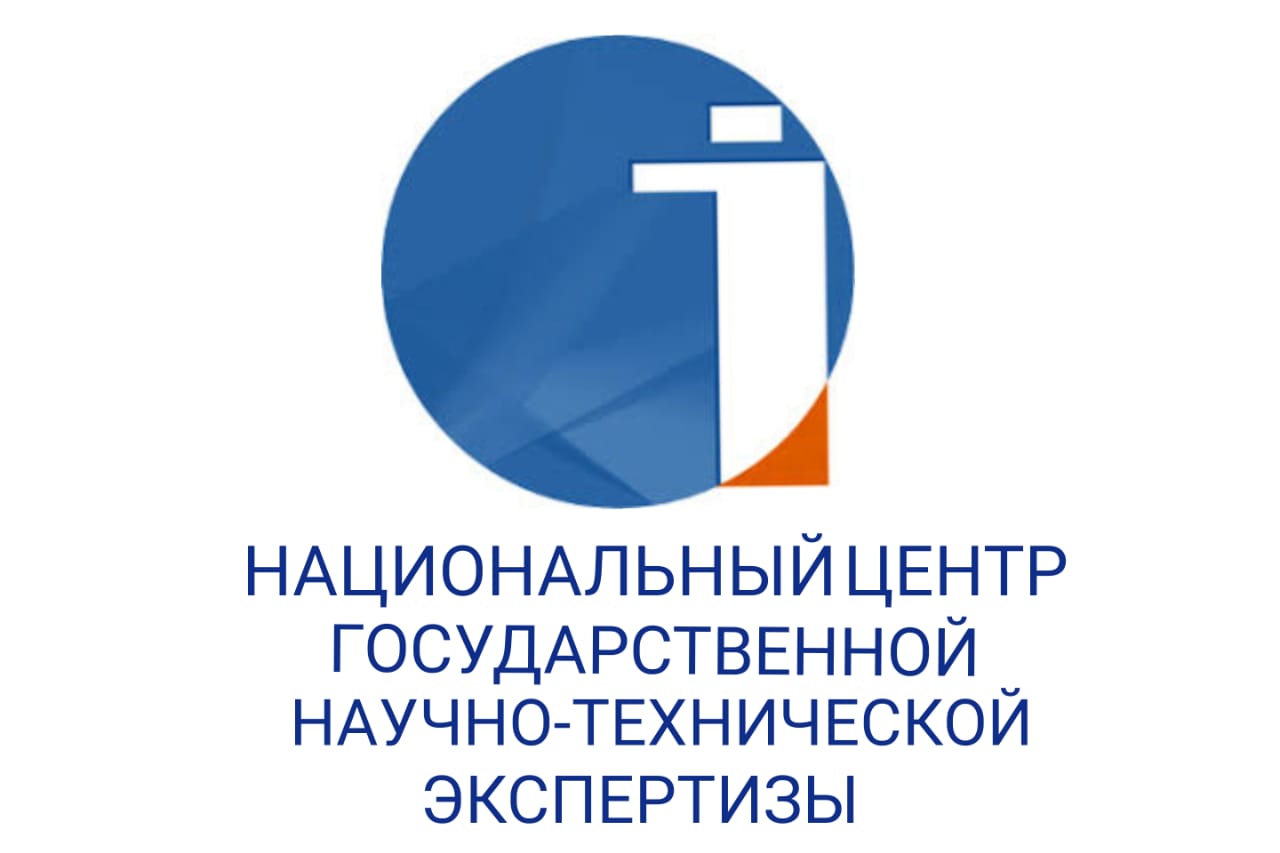KAZAKH AND ENGLISH PHRASEOLOGICAL UNITS DESCRIBING NEGATIVE CHARACTER OF A PERSON
DOI:
https://doi.org/10.48371/PHILS.2023.71.4.010Keywords:
character, a person, behavior, negative character, phraseological trait, negative trait, mood, emotionAbstract
The purpose of the article is to compare the Kazakh and English equivalent of phraseological units characterizing negative character according to the meaning and the purpose is to use negative character of a person in two languages through phrasaelogical units. The scientific significance of the article is the influence of language units describing negative character on the development of intercultural communication in two unrelated languages, and the practical significance is a promotion of the introduction of the phraseological units characterizing negative behavior used in two languages, in accordance with the laws of the national language without eliminating the semantic connotation caused by circumstances in the process of their use.
The research methodology is based on comparative analysis of the Kazakh and English phraseological units, identification of full and partial equivalents in the compared languages and analysis of non-equivalent English and Kazakh phraseological units. In addition to the linguocultural and semantic methods, mainly the comparative method was used in the study.
The description of human character is compared in any language with various phenomena, zoonymic components, objects, nature, plants and even colors. The authors described the similarities and differences of phraseological units of two languages. Similarities - phraseological expressions in both languages often use the somatism of the body part. The difference is that verbalized phraseological units in English are often combined with pronouns.
The practical significance of the article is that the scientific conclusions based on a result of the research contribute to the development and formation of the field of intercultural communication and linguistic studies.








